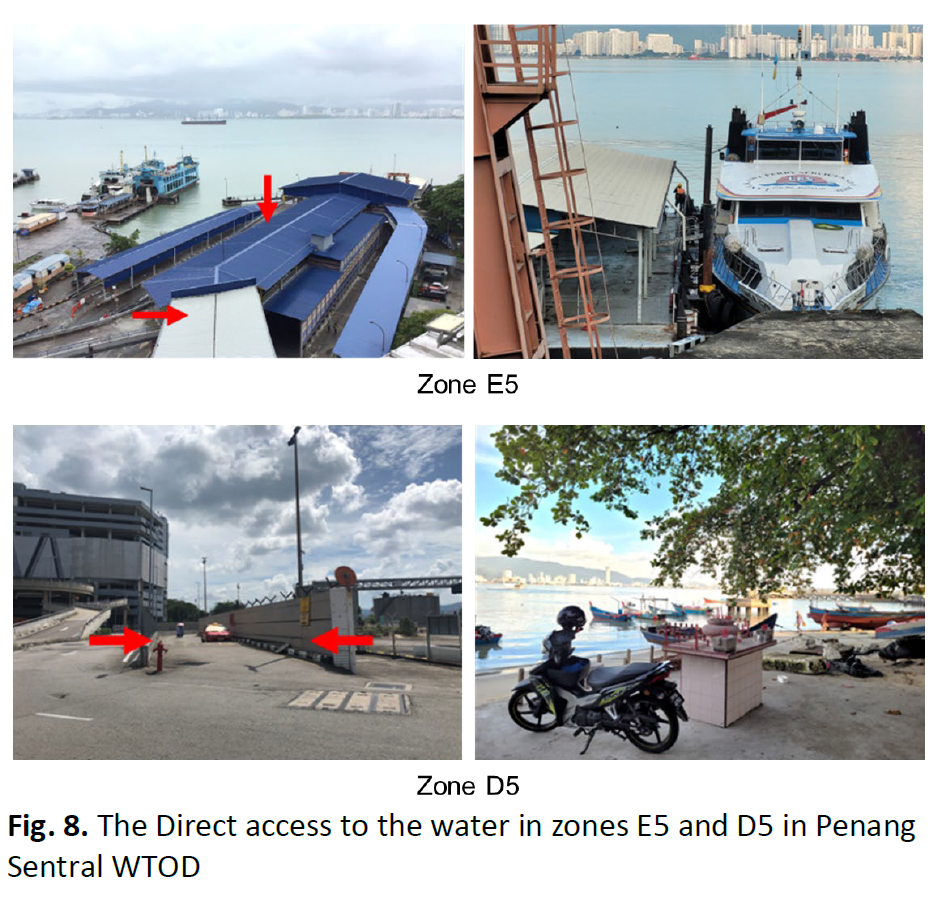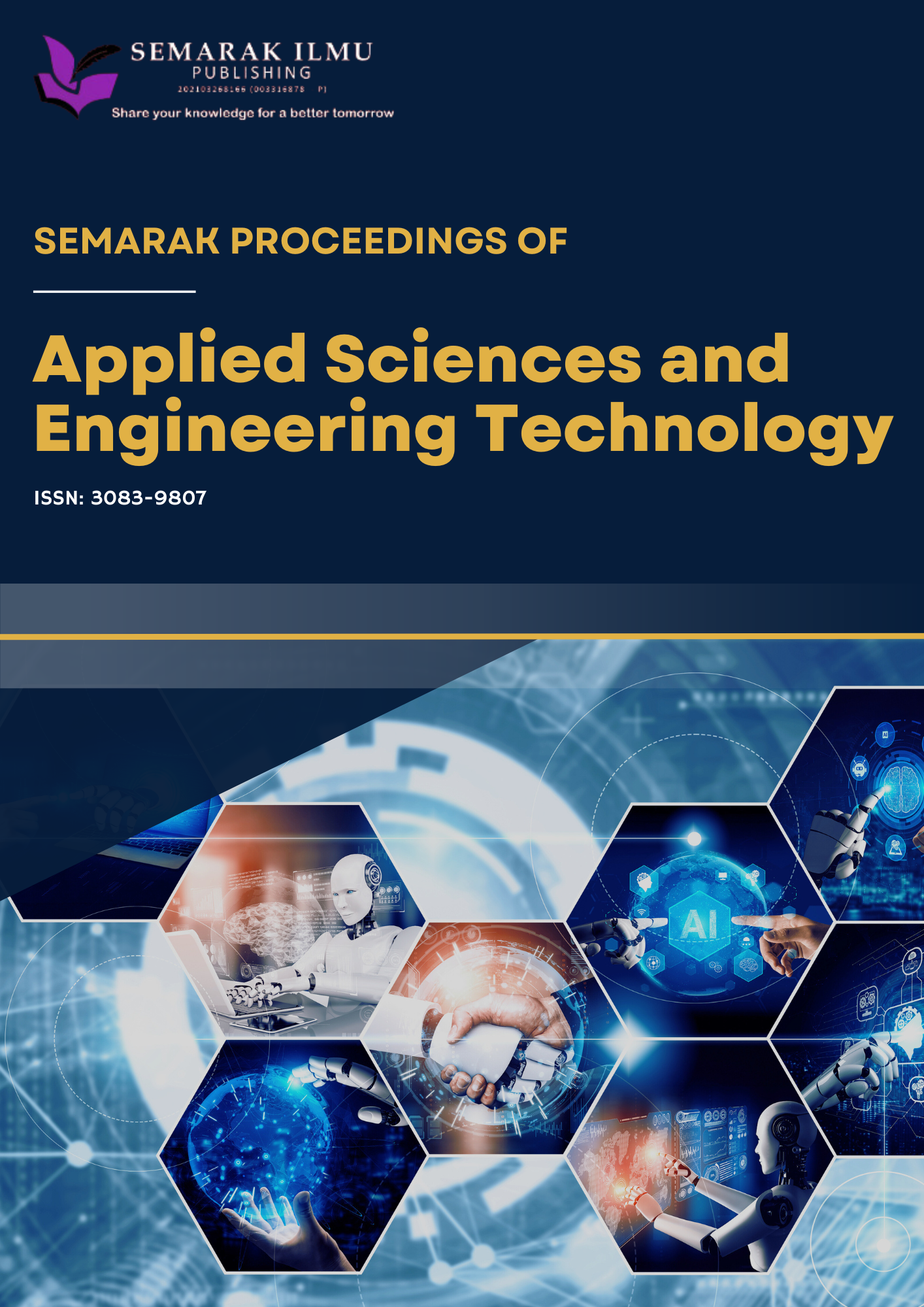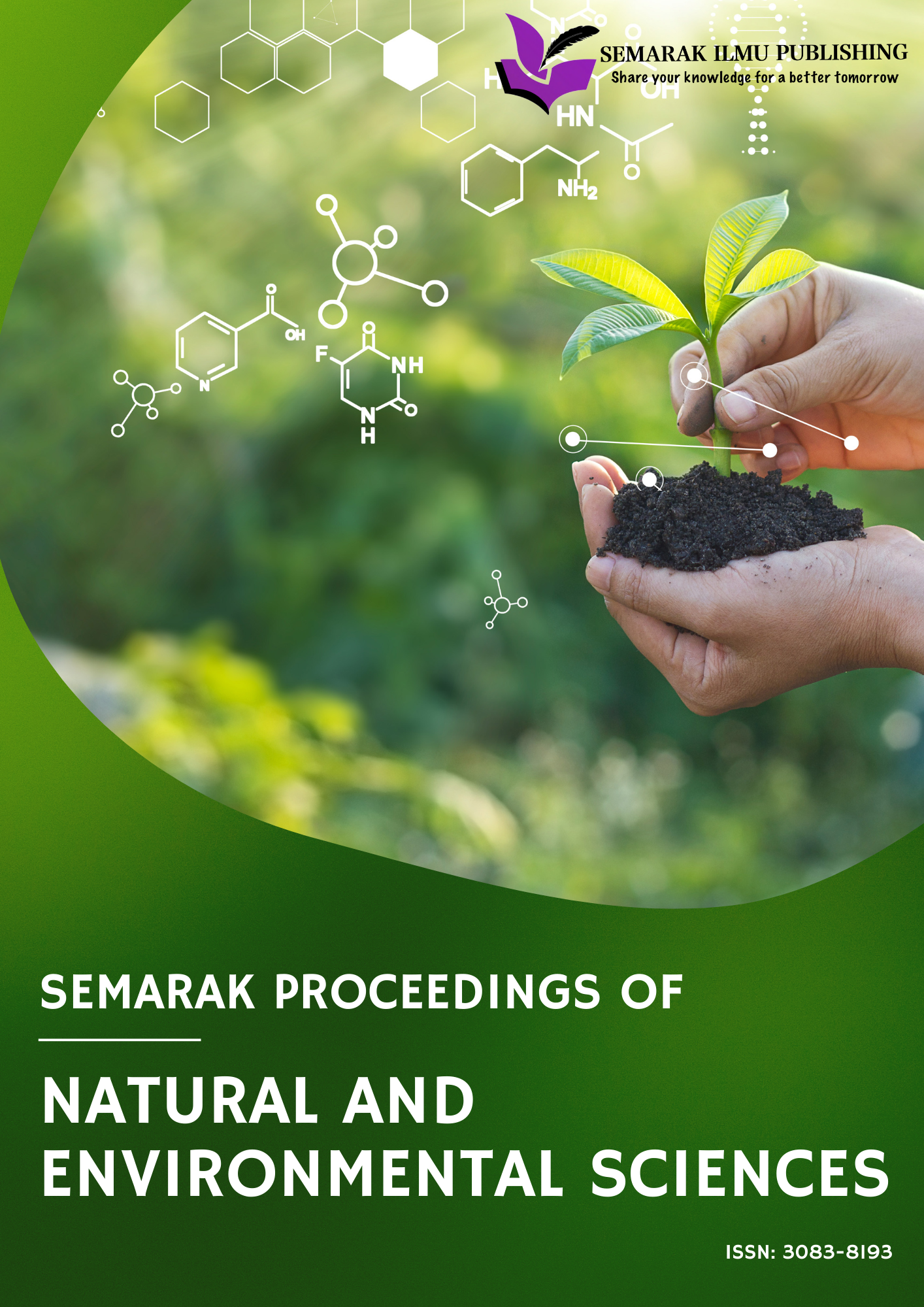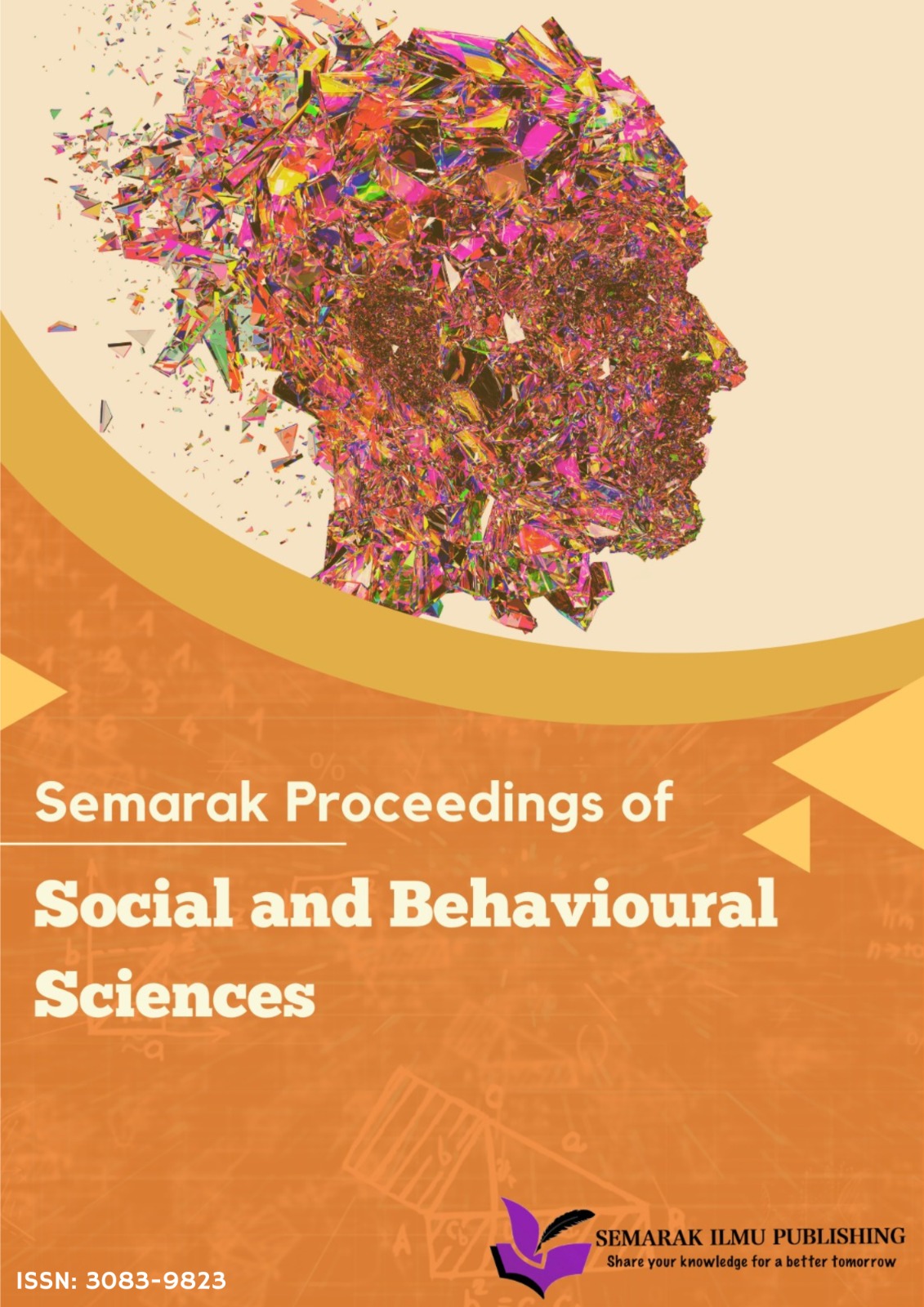Experiential Qualities of Contextual Integration for KL Sentral and Penang Sentral Waterfront Transit-Oriented Development (WTOD) in Terms of Legibility Principle
DOI:
https://doi.org/10.37934/spaset.1.1.3560aKeywords:
Experiential qualities, contextual integration, legibility, waterfront transit-oriented development, waterfrontAbstract
Since transit-oriented development (TOD) was introduced in the 1990s, most developed cities have shifted their focus toward urban regeneration, aiming to create walkable and sustainable environments that encourage public transportation usage. The redevelopment typically involved brownfield areas such as former docklands, waterfronts, or industrial sites, which were transformed into mixed-use developments integrated with public transit. This approach has led to the emergence of waterfront transit-oriented development (WTOD). In Malaysia, only two established WTODs: KL Sentral and Penang Sentral WTOD. In achieving successful implementation, it is crucial for WTOD to be contextually integrated with its surroundings, which, in this case, is the waterfront. The notion of integrating urban development with its local context has been emphasised by most prominent urban design thinkers, with legibility being one of the key principles highlighted. Legibility enhances the experiential qualities while navigating the city and provides people with a clear understanding of how the spaces are connected. Nine (9) attributes concerning legibility were identified, including street condition, pedestrian walkway along the waterfront/ street, transit access to taxi/ bus stop, ground-level porosity, integration of parking with development, signage toward the water body, waterfront link to the TOD, direct access to water body and visual access to water body. Therefore, this research aimed to examine the legibility principle that contributes to the experiential qualities of KL Sentral and Penang Sentral WTOD in terms of their level of contextual integration with the waterfront. A mixed method approach was employed, involving physical observations and questionnaire surveys with 597 respondents across 38 zones in KL Sentral WTOD and 490 respondents across 26 zones in Penang Sentral WTOD. Content and descriptive analyses were used to evaluate the experiential qualities of contextual integration for both WTODs. The findings implied that users’ experience regarding the level of contextual integration for legibility in each WTOD varied, highlighting the importance of aligning WTOD with its surroundings.









